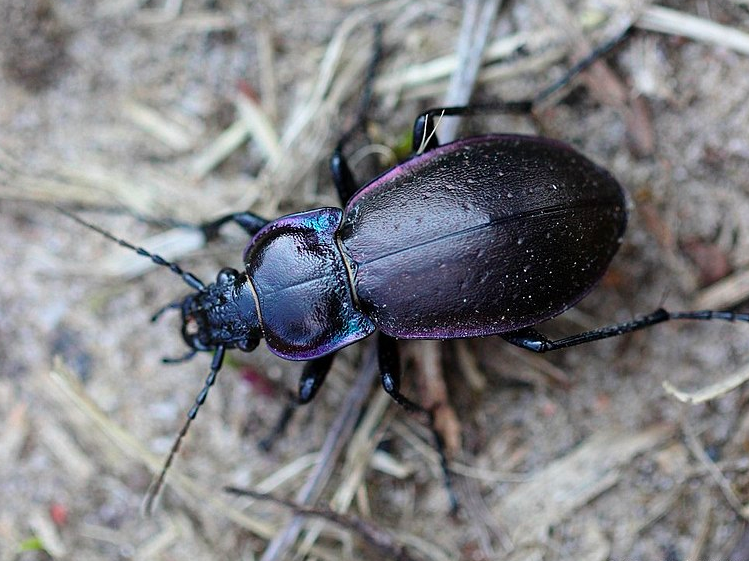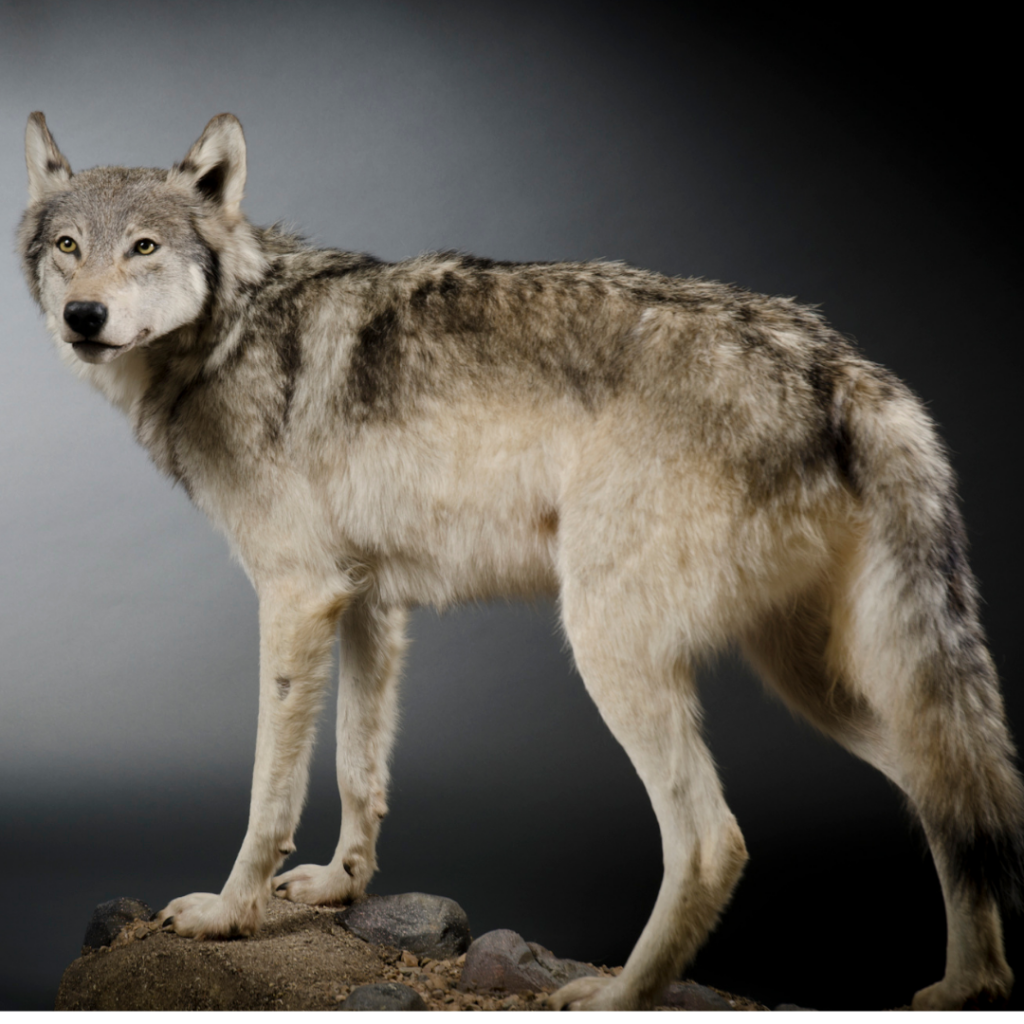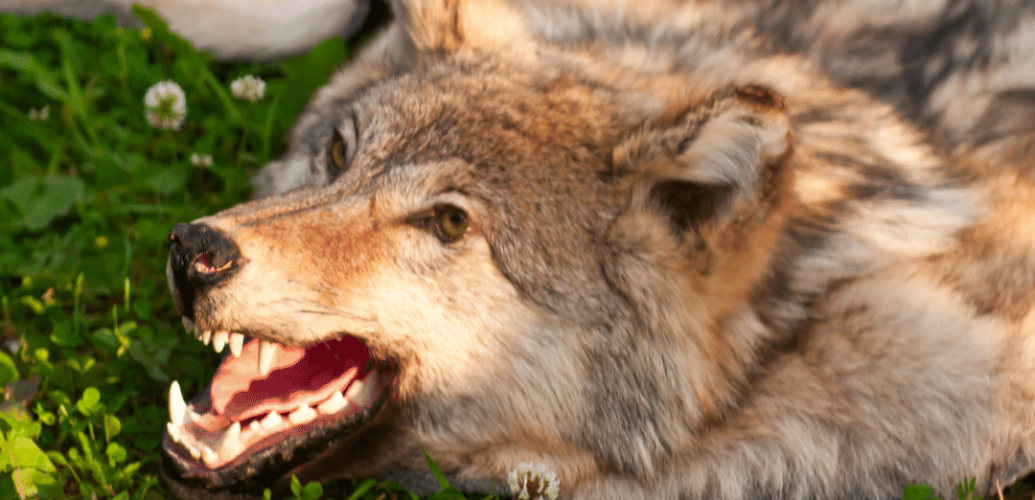In the early 1980s a young Niki Wilson came face to face with a dead wolf at her best friends birthday party. It was an indelible moment that stoked her love of wildlife.
The wolf’s hair pushed up between my fingers as I ran my hand up its flank, the colours flowing between brown, black and grey. A patch of fur was missing on the left shoulder, maybe from the accident, or perhaps a tussle with another wolf? His body was understandably hard and cool to the touch – he’d now been frozen for days.
Earlier that week, Park Wardens had picked him up roadside and brought him to the Jasper National Park wildlife freezer to await an autopsy. My best friend’s Dad was one of those wardens with access to the freezer, and for her birthday he’d taken us to have a look.
BEST BIRTHDAY PARTY EVER.
That was around 1983, but the experience has stuck with me. I was dismayed the wolf had been hit on the highway. But beyond that, this was a rare opportunity to get close to something elusive and wild. Every detail thrilled me – the amber green of his eyes, the yellowed canine poking out over the black lower lip. I searched his body for evidence of how he had lived. Was that old blood darkening the white of his muzzle? How did he get the scar on his ear?

I’ve always been fascinated by dead things, from the carcasses of carabus beetles to the vertebrae of an elk scattered across a field by ravens. Until recently I thought that made me a bit of a weirdo. Not every kid at the birthday party was pushing to the front of the wildlife freezer line! But folks, I think I’ve met some of my people, and it turns out they are taxidermists.
For our most recent episode, Dead To Me, I got to interview some of the best in the business, and I was struck by their reverence for detail and the respect with which they approached their subjects. They, too, marvel over the details of animals departed. Every bent feather and tuft of fur informs the story they will tell, the form the piece will take. But their interest goes far beyond simple curiosity. They are equal parts sculptor and natural historian, artist and scientist.
Done well, a good piece of taxidermy celebrates the life of the animal. It is not about death. “What I do is very sunny,” said the fabulous Allis Markham to me in our interview. “I’m making something dead look alive again. I’m breathing new life into [it].”

I get that. To touch fur, bone and feathers only increases my appreciation for wild things, feeds my desire to see them well.
Taxidermists give the public an opportunity to do the same. For some of those people, it may be their only chance to connect to something wild. At a time when we are seeing an unprecedented rate of species loss due to human activity, ethical taxidermy is not creepy or weird, but might instead be necessary.
It’s probably too late for me to take up a career in taxidermy, though it seems some people just dabble in it as a hobby. But I continue to roam the woods for treasures – dead and alive. And barring that, I took one extra step to make sure I could again run my hand over wolf fur. I married a man with keys to the wildlife freezer.

